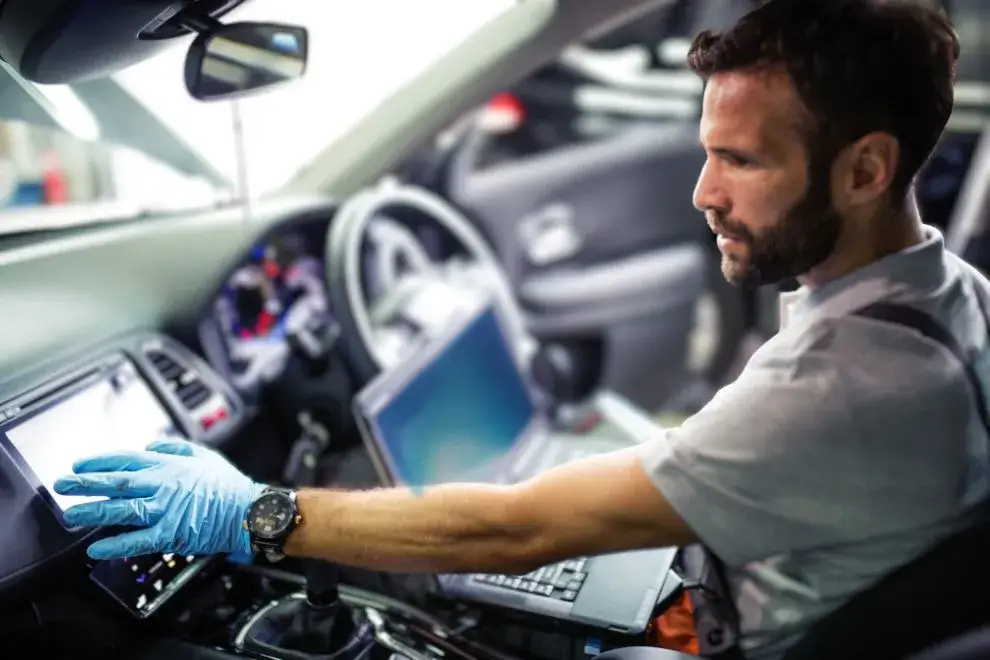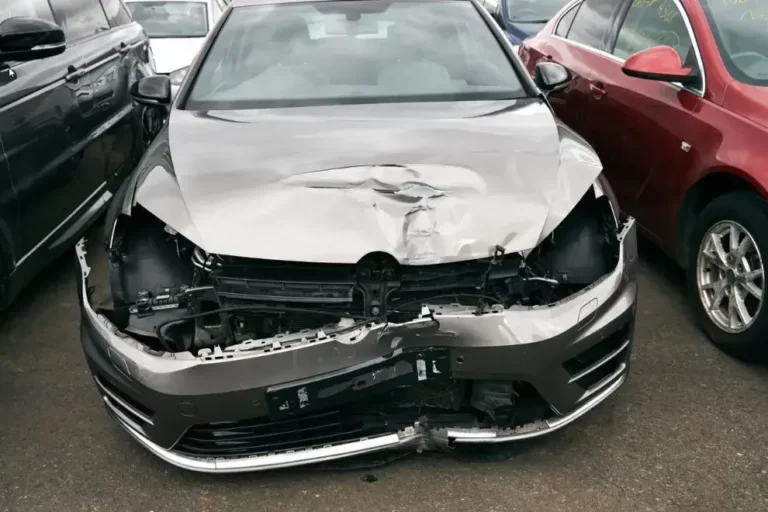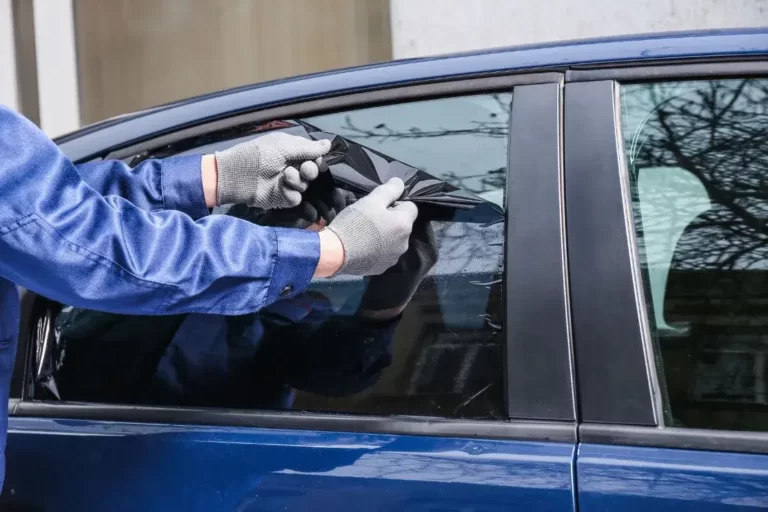What Is Road Worthy Certificate
As a car owner, it’s important to make sure your vehicle is always safe for driving on the road. To make sure, you need to follow your state’s car maintenance and safety rules. If you want to drive on public roads, you need a roadworthy certificate (RWC). This certifies that your vehicle meets the required legal standards.
This post will explain what an RWC is and why it’s important for every car owner. We will also provide some tips on ensuring your car receives its certification with minimal hassle.
Understanding What is a Road Worthy Certificate?
A roadworthy certificate is a document that proves a car is safe to drive on public roads in Victoria, Australia. In addition, it can be known as a safety certificate or a certificate of roadworthiness. You need it to sell or re-register a vehicle, or to clear some defect notices. It is also mandatory in most states and territories before registering or re-registering a motor vehicle.
The goal is to make sure that all cars registered for use on public roads are safe. This helps prevent accidents caused by broken parts and gives buyers confidence in their purchase. A roadworthy certificate doesn’t assure that the vehicle is mechanically dependable. It only confirms that the vehicle is safe enough to drive.
An inspection by a licensed vehicle tester authorised by VicRoads is necessary to obtain this. The inspection checks important parts of the car like brakes, tyres, lights, steering, and more to make sure everything is working well. To find an authorized tester, check the VicRoads website or look for the VicRoads plaque outside the workshop.
When is a Road Worthy Certificate Required?
It is a legal requirement in Australia when selling or transferring the ownership of a motor vehicle and when re-registering it. It needs to come from an authorized inspection station that is appointed and licensed to check if vehicles are fit for the road.
If you want to register a car from another state in New South Wales (NSW), you’ll need a Safety Certificate first. To drive safely and confidently on the roads, it’s important to make sure your vehicle is safe and meets minimum safety standards.
You need your car inspected at an approved inspection station. They’ll check tyres, brakes, lights, seatbelts, and other safety features as part of the roadworthy assessment process.
You must fix any safety inspection failures or needed repairs before using your car. If that happens, the inspector will give you an Exemption Notice that tells you what you need to fix before you can get certified.
If this happens, you’ll have 14 days from when the notice was issued to make any necessary repairs for free before it expires. Whichever comes first, although some states may offer extensions on this period upon request from owners.
Make sure you follow these requirements to avoid getting fined by the authorities. Plan ahead of time to stay organized.
Selling a Vehicle
To sell your car, you must have a roadworthy certificate to transfer ownership. An authorised inspection station issues the certificate, confirming that the vehicle is safe to use on public roads.
It’s important to check that all safety features, including brakes, tires, lights, steering, and seatbelts, are working properly before registering a vehicle with a new owner.
It’s important to note that this required document applies when selling a vehicle within or outside your state. If you’re selling a car in Victoria, but you’re registered in NSW, make sure to obtain the roadworthy certificate before transferring ownership or registering the vehicle.
Without one, it could mean hefty fines or even legal prosecution if caught driving on potentially unsafe roads without one!
Re-registering a Vehicle
If you have to renew your vehicle registration, you might have to get a roadworthy certificate, which depends on the state where you live. It’s crucial to take this step to ensure your vehicle meets safety standards and is road-ready. This is usually required when transferring ownership or if you’ve been using an unregistered vehicle.
Before re-registering our car, it needs to undergo an inspection to ensure it meets all the necessary requirements. The inspection will check that all the necessary safety components of your vehicle are up to standard and meet legal regulations. Some important parts to check on your vehicle are brakes, tires, steering alignment, seatbelts, and headlights.
An inspector will give you this document after making sure your vehicle works properly and meets safety standards for driving. Once issued, you can register your car in Australia or any other state if needed to ensure it is roadworthy across the country.
What Does a Road Worthy Certificate Include?
In Australia, it confirms that a vehicle is thoroughly being inspected vehicle’s brakes, tyres, lights, and steering components to ensure they meet minimum safety standards.
The brakes are checked for proper function, fluid levels, and pad or shoe wear, while tyres must have at least 1.5mm tread, appropriate pressure, and uniform size and type. Lights, crucial for visibility, must be in working order, including headlights, taillights, and indicators.
The steering system should operate smoothly without noise or stiffness; in some states, seatbelts and suspension components are also examined.
Brakes
Your brakes are essential for road safety and must be in good working condition before receiving a valid certificate. An accredited inspector will check your vehicle’s braking system to ensure it can stop quickly and effectively on the roads.
The inspector will examine the brakes to check if the pads are worn, as well as test the pedal resistance. They will also inspect the hydraulic lines, cables, and connections for any signs of damage.
He will also inspect the brake system for any modifications. Look closely at the wheel and master cylinders, drums, discs, or rotors. Adjust the lever movement if required, and ensure that all brake components are functioning correctly.
Repairs or replacements may be required if any defects are found during this inspection process.
Tyres
Vehicle inspectors will check the tyres for tread depth and ensure they are in good condition. The legal minimum tyre tread depth is 1.5 mm across the tyre’s width and around its entire circumference.
The inspector will check if all the tires have the right amount of air pressure, which can be found on the car manual or on the tire’s sidewall. It’s important to check your tires every month for signs of wear, bulges, cracks, or any other issues that might cause them to fail a safety inspection.
Suppose your car has been registered in another state. If you want to register your car in a different state, you should check that important parts such as spare tires and seatbelts meet the required regulations. This is required to pass the interstate inspection.
Lights
All the vehicle lights must be working correctly and in good condition. Lights such as headlight, brake light, indicator light, reverse light, and
fog lights must all be checked to ensure they are working properly:
- Headlights must be properly aligned and have sufficient output;
- Brake lights must illuminate when the brakes are applied;
- Indicator lights should flash rapidly and evenly when activated;
- Reverse lights should activate when reversing is selected;
- Fog lamps should operate with a clear cut-off for any oncoming vehicles.
These are just some of the checks an authorised inspector will do at an approved inspection station to ensure your vehicle meets safety standards.
Steering
The steering of your vehicle is a key component when it comes to your car’s roadworthiness. A roadworthy inspection includes assessing the steering system to ensure everything is in check and functioning with no issues or damage.
The inspector will check for any wear and tear on the tyres and if they are properly inflated, ensuring a safe grip on the roads. They’ll also look at power steering, suspension, and track alignment. And all the other components ensure you can manoeuvre safely through traffic and take turns without any unexpected incidents.
The inspector will look closely at the condition of each part of your steering system to ensure that it meets safety standards so you don’t have to worry about a penalty or a hazard when driving down the roads. Simply put, having good control over your vehicle’s steering means having control over where you’re going!
How to Get a Roadworthy Certificate
The first step is to take your vehicle to an approved inspection station or authorised repairer. A qualified vehicle inspector will assess your car to ensure it meets the relevant roadworthiness requirements.
Approved inspection stations and authorised repairers can be found across Australia. They typically display a sign with the words “Authorised Roadworthy Tester.” During the inspection, the inspector will assess various safety aspects, including
- Brake performance
- Tyre tread
- Headlight alignment and function
- Seatbelt integrity
- Suspension condition
- Steering alignment
Before inspecting your car, ensure all tyres are inflated to the correct pressure to save time. If your vehicle passes the inspection, you’ll receive a ‘passed’ notification electronically or as a paper copy of your roadworthy certificate, which you must present when registering or selling your vehicle. If defects are found, you’ll receive notices outlining the items requiring rectification before re-inspection.
How Much Does a Roadworthy Certificate Cost?
The cost varies depending on the age, type, and condition of your vehicle, as well as the tester’s fee and location. Generally, you can expect to pay between $50 and $200 fee.
However, certain vehicles, such as motorcycles and trailers, may be more expensive. The cost may also increase if the car needs repairs or has complications.
In Melbourne specifically, an authorised vehicle inspector will charge approximately $85 plus GST to check that your vehicle meets Victoria’s roadworthiness standards. This fee covers the visual inspection of your car’s tyres, suspension, brakes, steering, and lights.
You will also need to pay for any repairs or modifications required to pass the inspection, ensuring that your vehicle is safe enough for roads.
It is valid for 30 days from the date of issue. It is advisable to obtain it as close as possible to the date of sale or transfer of your vehicle is recommended.
If you fail the inspection or don’t have a valid registration sticker on hand at the time of inspection (if it has expired or is registered in another state), additional fees may vary from one region to another across Australia.
Conclusion
A roadworthy certificate ensures driver and road user safety for vehicle owners. This process keeps you safe and confirms that your vehicle is in good condition and registered correctly. This may be required depending on your location and whether you sell or purchase a vehicle.
You can get inspections done at approved stations in Australia, such as repair shops, dealerships, or licensed motorcycle inspectors. Before the inspection, check that your tires are inflated correctly, your brake lights and headlights work, your seatbelts function properly, and there are no defect notices. If your car doesn’t pass its inspection, promptly complete any necessary repairs to return to the road safely.







